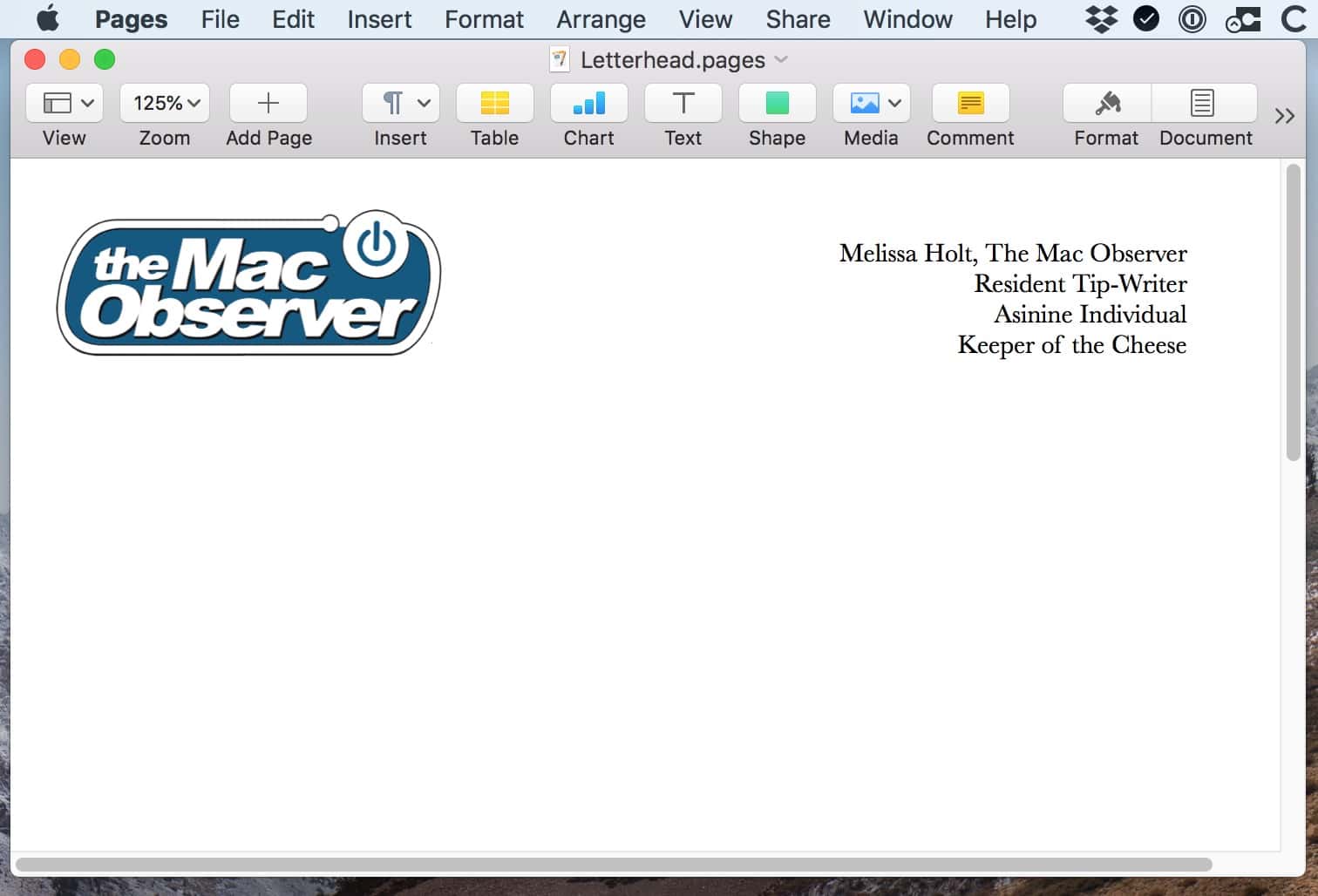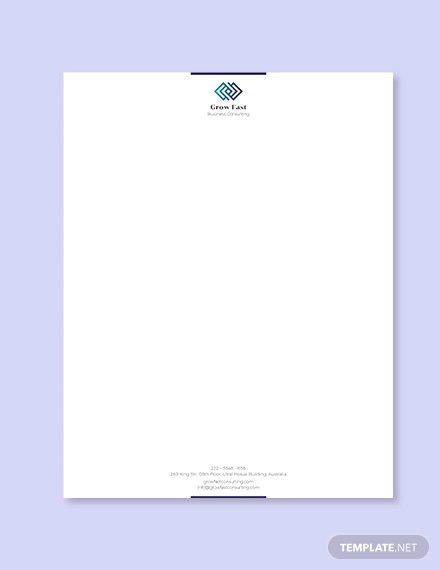Jan 16, 2018 This is how we add our custom letterheads to our client's word document templates. Follow the steps to create a reliable, visually stunning word. Nov 21, 2017 These letterhead papers are created on different software applications like MS Word application on the letter or A4 sized paper. It is an effective way of business communication as having that imprinted letter gives a clear idea of where it is. Letterhead also shows the. Mar 26, 2014 Our huge collection of Microsoft Word Templates covers a wide range of industries. Whether you're creating a business report, school report or industry report, get started quickly with our pre-made Word Templates. Get your assignment or business report created with style and deliver it.
- Microsoft Word Letterhead Template Free Word 2010
- Microsoft Word Templates
- Microsoft Word Document Templates
- Microsoft Office
 Word
Word Here, we demonstrate how to properly create a letterhead template. With this method, when you go to the second page, whether because you kept typing and an automatic page break occurs, or because you manually insert a page break or next-page section break, your second page doesn’t have to contain your logo.
We demonstrate how to properly place names of partners or principles in the left- or right-hand columns, and how to make the different margin settings that such a layout requires. Click here to go right to that special layout.
Downloading apps requires an Apple ID. Pages for Mac, Numbers for Mac, and Keynote for Mac are available on the Mac App Store. Can you use microsoft powerpoint on a mac computer. MacOS Mojave or later required.
Step 1. Lay Out the First Page
Create a new, blank document. Hit your Enter key a few times, then type:
=rand()

and hit Enter. This provides some sample text. Hit Ctrl+Enter to insert a page break.
From the menu, choose FilePage Setup. Click the Layout tab, and check the Different First Page checkbox, as shown in the figure below.
Now, hit Ctrl+Home to get back to the top of the document. Place your logo and other components, as desired, into the header. Access the header by choosing ViewHeader and Footer from the menu.
Generally, letterhead components consist of:
Logo
Street address (and mailing address, if different)
Website address
Email address
Telephone numbers and fax numbers
Tip. Whenever possible, place your logo in-line with text. This helps to keep it in place, regardless of your layout. If you want your logo on the left and other components on the right, insert a two-column table.
Tip. Generally, the first-page of a letter does not have page numbering; but you may want to insert page numbering in the second-page footer.
Tip. Note how the First Page Header says 'First Page Header' right at the top. The Second Page Header will simply say 'Header'.
Tip. If you want to break up your address lines, you can use InsertSymbol from Word's menu and choose Wingdings as the font. There are all kinds of symbols from which you can choose. Above, we chose a symbol that looks like a simple bullet and colored it to match our logo color. These separations make your information easier to read.
Step 2. Lay Out the Second Page
Use the Show Next button on the Header and Footer toolbar to go to the Second Page Header.
Place the components you’d like to appear on second and subsequent pages of your correspondence into the header, such as a smaller version of your logo.
Microsoft Word Letterhead Template Free Word 2010
-
Hit the Switch Between Header and Footer button on the Header and Footer toolbar to get to the second page footer.
Insert any components you’d like; usually just a page number. The best method for inserting page numbers is by using the Insert Page Number button on the Header and Footer toolbar.
--
-
Step 3. Close Up and Save
Now, just close the Header and Footer toolbar and delete the page break and the sample text you inserted.
Hit FileSave as, and choose Document Template from the Files of Type box.
Microsoft Word Templates
Change the name of your template to something meaningful, such as Letterhead, and hit Save. All done!
Microsoft Word Document Templates
Templates are documents, workbooks, or presentations that are used in Office 2011 for Mac as starting points to build new files upon. When you save a file as a template, it becomes available in the templates gallery of Word, Excel, or PowerPoint. A classic example of a template is a business letterhead that contains both formatting and content ready to be filled in. Each application has built-in templates that you see when you choose File→New from Template. It’s easy to make your own templates, too.
Google Docs isn’t very good when it comes to adding images and annotations and if your documents are confidential, it’s maybe not the best solution as they are stored on Google’s servers.(Free)Bean is probably the most popular free alternative to Word on Mac. Microsoft word alt for mac. Although it’s no longer being developed, it still remains an excellent free word processor that can open Word documents, save documents in Word format and generally do most of the things you can do in Word. Of course, it’s nowhere near as slick or powerful but it’s a very accomplished word processor for free.
To make a template, you start with something customized, ready to use as the basis of new files. All you have to do is to use Save As and change the Format pop-up menu to [Application Name] Template. The shortcut changes to My Templates, which is where you should save your template. Just give it a name, click Save, and you’re all done! Your saved template will appear in the template gallery of Word, Excel, or PowerPoint as appropriate.
Choosing File→New from Template opens the current application’s template gallery. Your saved templates will appear in the gallery under My Templates. When you open a template from the gallery, a new document identical to the saved template will open and it will have a generic name, such as Document 1, Workbook 3, or Presentation 2.
Microsoft Office
If you want to edit a template, choose File→Open. Change the Format to Template, and then navigate to the My Templates folder, select the template you want, and then click Open. When you open a template this way, it opens the template itself, as opposed to a new file based on the template. Choose File→Save to overwrite the template or File→Save As to create a new template.